This post has already been read 3359 times!
Scenario: You’ve finally decided that you want to move on to new pastures. You have seen an announcement about a position that matches your qualifications and experience. It also promises to provide you with that much desired challenge and exposure.
Will your resume jump out at the Hiring Manager whose desk is already flooded with applications for that position?
Facts of life, for any given vacancy, there will always be lots of applicants and your first task if you really want to guarantee that you will get an invite for an interview is to get shortlisted –no easy task.
In my post 10 Tips guaranteed to make your Cold Call CV impress, I point out that 85% of Curriculum Vitaes never get read or even looked at. Given that most employers do not spend more than 2-3 minutes reading the CV, you need to make sure that your covering letter and Resume catch their attention right from the word “Go”.
One of the 10 tips I recommend is:
Put your career objectives or a career statement after your name and contact details. Your career objectives/statement should reflect what you intend to do with your career now and in the future, your career aspirations and level of ambition.
So I was surprised when I read a post a few weeks back which recommended job hunters to remove the Objectives paragraph entirely because the writer felt that in “most cases employees used the paragraph with 5 sentences of fluff which came off as delusions of grandeur.”
Was that true?
I admit that some people get the Objective Statement wrong but it still did not feel quite correct. And I reverted to a trusted Career Coaches Group back at LinkedIn for some consultation and confirmed that yes, the current trend is to use a summary or profile statement.
That being said, there are exceptions to the rule when using an Objective is a better choice.
The purpose of including an Objective in your Resume
In the past, most job seekers included a Career Objective on their Curriculum Vitae to let the recruiter or hiring manager know what type of a position they were looking for.
However, the current trend is towards indicating the value that you can offer to the prospective company and improve your chance of being invited for an interview by drafting this section to help an employer fill an open position rather than to tell them what you want.
There are exceptions to the rule of course and in some sectors and countries, job applicants are expected to include an objective.
Another exception would be if you are new to the workforce and do not have much work experience. In such a case, including an Objective with or without a professional summary is useful because you are telling the recruiter or hiring manager about the type of position that you are interested in.
If you are in such a situation, always remember to reword the Objective Statement to match the Job Title or position for which you are submitting your application. Generic objectives do not help your cause.
What about more experienced professionals?
Although the recent trend is to include a summary statement or professional profile in place of an objective, some professionals include both an objective and a summary tailored for the specific job that they are applying for.
This can be done in 2 ways. It depends on what you wish to highlight and which you feel will serve the purpose of helping you to position yourself better to get that coveted job interview invitation.
If your intention is to highlight key things that you want the recruiter or hiring manager to know about you, then a Career Profile which summarizes your experience and highlights specific skills or experience focusing on accomplishments that are relevant to the vacancy might be a good option.
On the other hand, if you want to place emphasis on your experience and skill sets that you believe you will need for the advertised job, then a Summary Statement highlighting the key points of your Curriculum Vitae in a short paragraph or bullet points would be a better fit.
How to position yourself and improve job interview chances
This section is premium real estate when it comes to catching the recruiter’s attention and you need to apply your judgment on how to capitalize your 10 seconds of eyeball time.
Here are a few essential guidelines to keep in mind:
The decision to use an Objective Statement, Objective & Summary, a Career Profile or a Summary Statement will depend upon your work experience, the requirements of the position advertised, the norms of the relevant industry and what you believe will showcase you in the best light possible as a strong candidate. I suggest you do your research about the prospective employer and industrial norms before you draft this section of your resume.
Read the job description carefully and focus on writing this section with the view of helping the prospective employer to short list you as a desired candidate. To achieve this, modify your objective or professional statements to fit in with the core requirements of the position. Make sure that you stay authentic otherwise your resume may still get binned!
Before drafting this section, brain storm and decide the most important idea about yourself that you want to convey in this section. Keep it brief and succinct – no 5 sentences of fluff.
Depending upon what you come up with, you can write a sentence or two about what value you can bring to the organization in that position or even a few bullet points that list your relevant skills and achievements that enable you to add value.
Are there any words that are relevant for the position that you are applying for, or any key words in that industry? Include these in your summary where relevant so that it jumps out at the hiring manager.
You may have the best resume in town for the job but a poorly formatted one with spelling mistakes is the best way to indicate that you are careless. Pay extra attention to this point.
You will find more pointers in the post Get your CV past the online gatekeeper .
Your turn now, which one of these statements do you use to position your resume for the job interview invite? Is it based on your industry, work experience or a tactic that works well for your goal? Do share in the comments box below!
PS. Need more guidance on filling out online job applications? Click on the ebook image and acquire your exclusive copy of this special report.
Written By: Vatsala Shukla
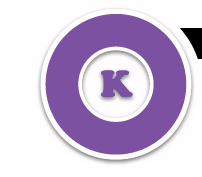

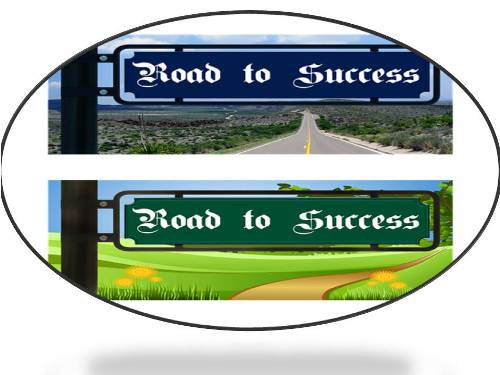
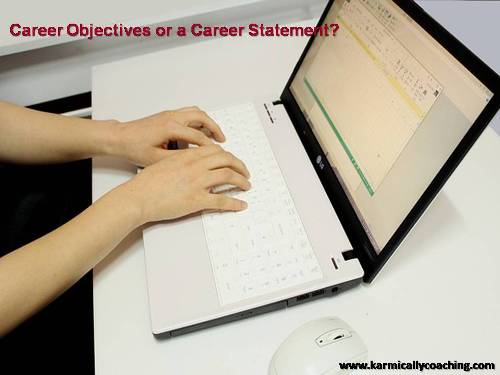
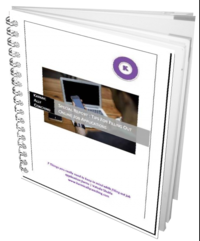
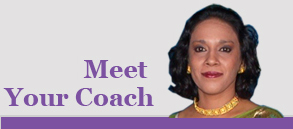
 I adhere to the Certified Coaches Alliance Code of Ethics and Standards. A copy is available on request.
I adhere to the Certified Coaches Alliance Code of Ethics and Standards. A copy is available on request.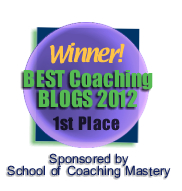
 Let's Talk through the Connect Form:
Let's Talk through the Connect Form:
Vatsala-great tips and advice for anyone in the work force or graduates thinking of joining the work force.
Thanks Kathleen. Getting job interview invitations is a battle in itself because many talented professionals are vying for the same position. It’s important to be noticed at the filtering stage and move to the interview where we have the opportunity to showcase ourselves as the right and best person for the job.
Excellent advice Vatsala! While I consider myself to be officially “unemployable” these days, I know many people who can benefit from your advice and I’ll be happy to pass this post along to them. Thanks!
Thanks Marquita. Getting the advice to the right people is good karma all around.
Very important and relevant points. I get many resumes from people who are looking to work for me and almost none of them are using your valid points.
Maybe I should send them a link to your article :).
A good idea, Sarit. It could be a good test for them to articulate why they are a candidate worth your time via their objective/career statement as well as save you time by filtering out the right resumes for you to look at and invite the candidates for interviews.
Great advice, Varsala! Although I am not looking for a job anymore since I became an entrepreneur a few years ago, I have many freineds and family members who do and I will certainly send them the link to your blog! Thank you.
Thanks on both counts Millen. Let’s help your friends and family members differentiate their CVs from the rest of the competition with a few tweaks.
After years of not being too concerned about my resume, I decided it was time to bring it into the present, so I enlisted an editor and writer friend of mine and a marketing guru friend to help me craft a compelling new resume. We used many of your points. We included an objective and objective summary and a career statement/summary. As it was getting a bit long, we did not do a summary statement. Although I haven’t actually used it, I feel ready to stand out if need be, Vatsala. Thanks for the detailed tips on how create a resume that gets past the ‘gatekeeper’.
My pleasure, Beverley. Having a master resume with both objective and summary as well as the career statement/summary will enable you to use the right version at the appropriate time. What I love about the career summary is it’s ability to help us realize how much we have achieved and provides motivation to achieve more.
What fabulous advice, Vatsala, explained clearly and with all the reasons why. I’m far past resumes, but will be sending this to all my “kids” who still need them. Thank you!
Thank you Susan. If the advice in the post helps your ‘kids’ rise above the job searchers ‘noise’, my mission will be accomplished.